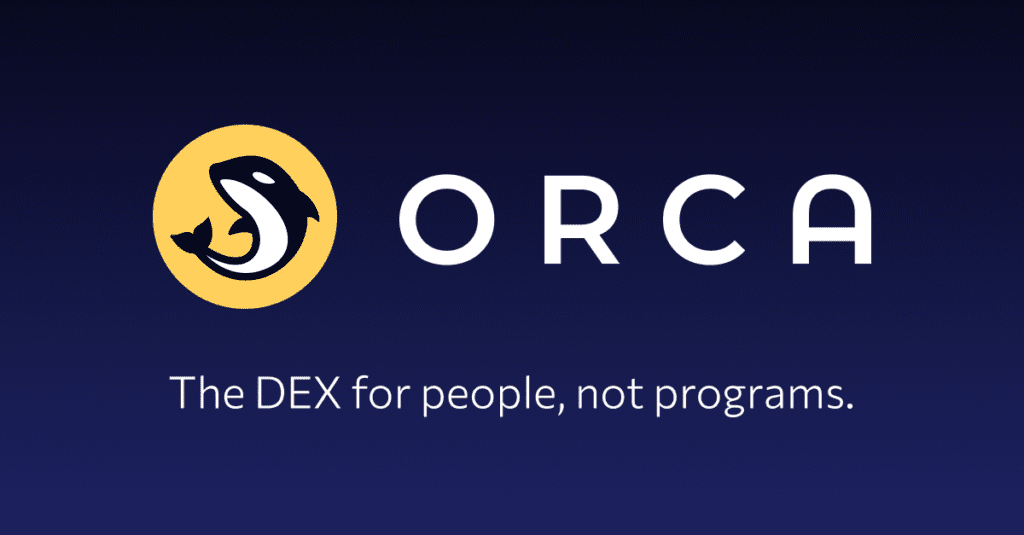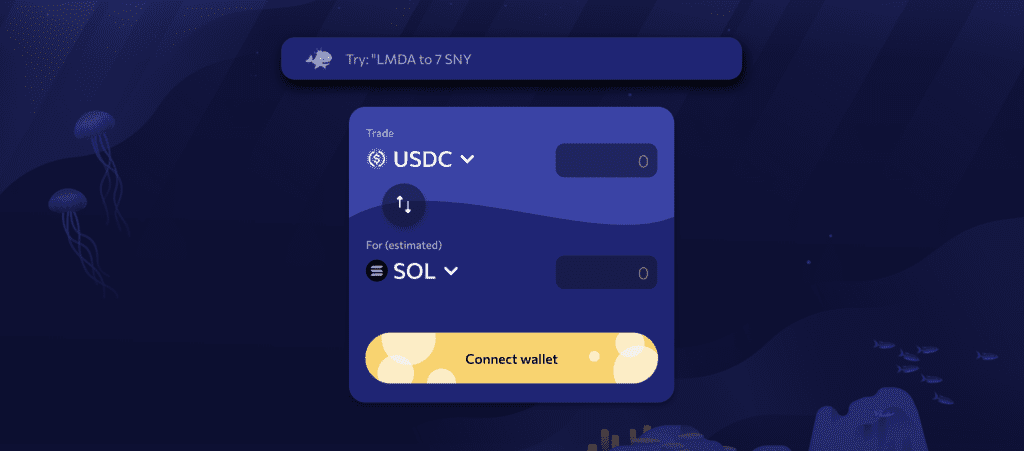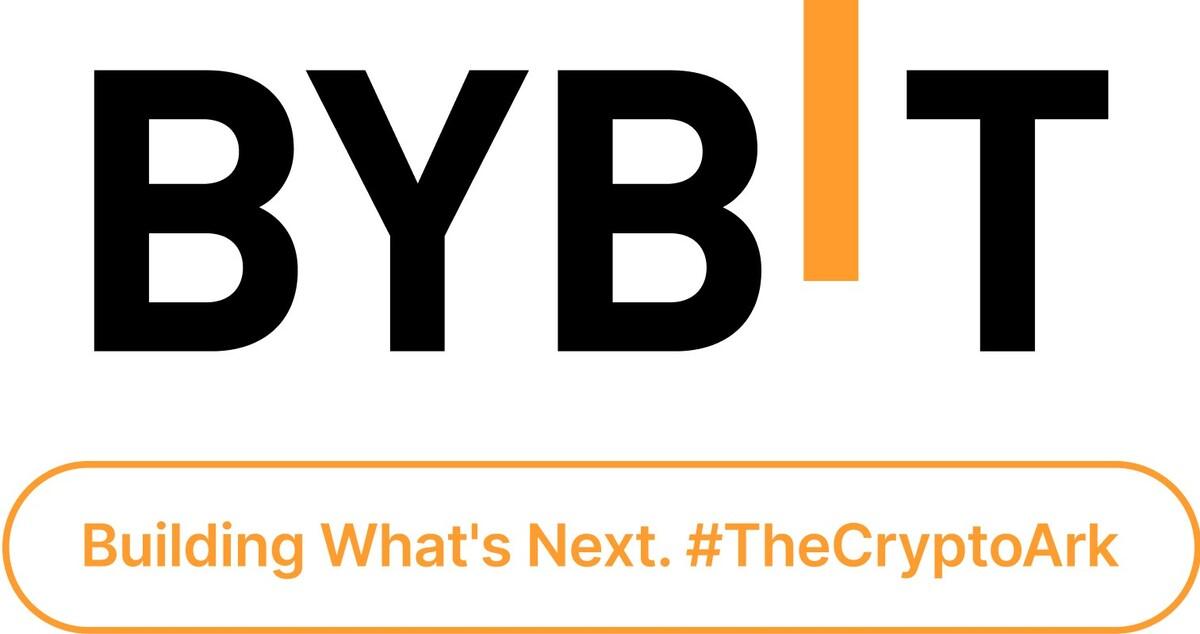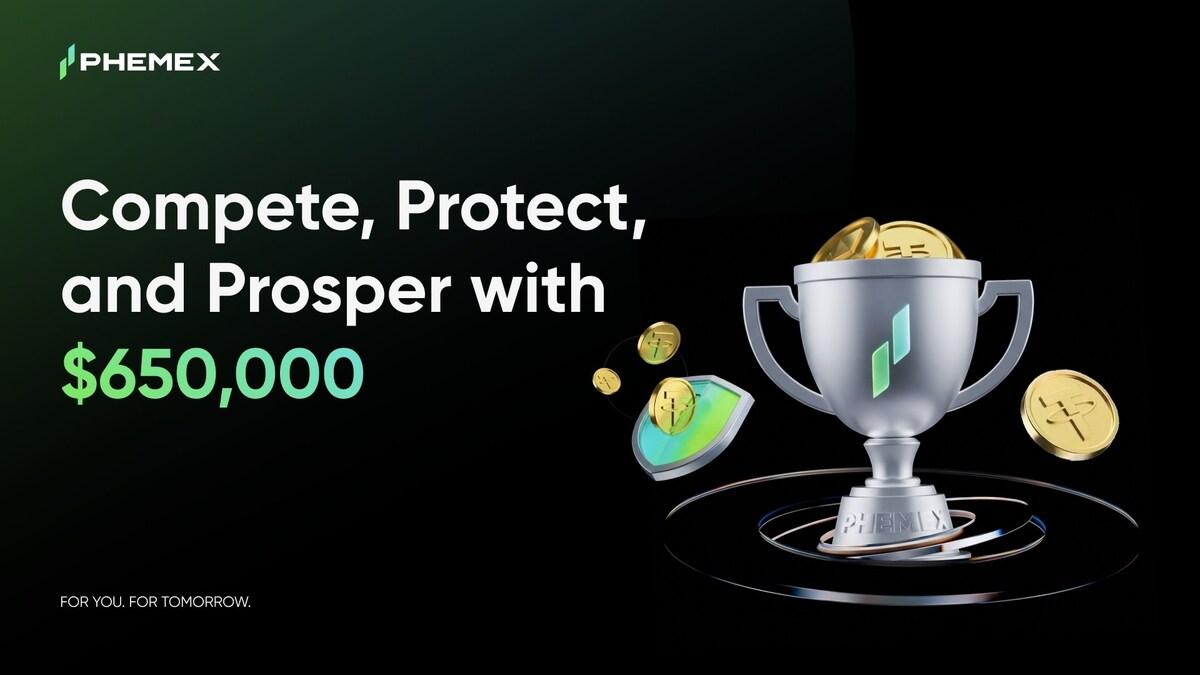In any blockchain’s DeFi ecosystem, decentralized exchanges are often the entry point to the financial sectors. The only remaining problem was that they were not designed to be user-friendly and easy, which is why Orca was created in the hopes of changing that. Let’s find out details about this project with Coincu through this Orca Review article.

In addition to the well-known DEX exchanges such as Serum and Raydium for the Solana ecosystem. Orca is another exchange selected by many people for its innovation and way of delivering centralized liquidity, similar to Uniswap V3. Let’s talk about this idea in further depth with Coincu.
What is Orca?
The Orca decentralized exchange project is a well-known AMM exchange built on the Solana Blockchain platform. Moreover, the Orca project employs the Fair Price Indicator method to give consumers a venue to swap Tokens at a lower cost and quicker than any DEX on Ethereum.
Transactions are branded fair pricing if they meet two conditions: first, the price per token is within 1% of the CoinGecko rate, and second, the price effect from the trade is less than 1%. The exchange issues a warning if one of these standards is not satisfied.
Unlike order book exchanges, which operate more like conventional finance, AMM users trade their crypto via a pool of tokens rather than with other users.
Besides from fundamental DEX capabilities like Swap token and Add Liquidity Pool, the Orca project focuses on user experience and supports native tokens and other stablecoins on Solana’s ecosystem.
There are liquidity pools, which exist to artificially generate liquidity by paying liquidity providers a fee in return for depositing their assets to contribute to liquidity. They have undoubtedly transformed cryptocurrency trading. For one thing, they effectively addressed the difficulty that crypto faced in its early days, namely insufficient liquidity. Now, the Orca Review article will explore the functions of the exchange.
Orca’s special functions
Simple, user-friendly UI. Orca also supports a variety of popular wallets, including Phantom, SafePal, Trust, C98, and others.
Orca uses the Fair Price Indicator to achieve cheap cost, quick speed, and little slippage (just approximately 1%). Before executing a transaction, the protocols verify that two requirements have been met: the proportion of transactions processed is within 1% of the market rate published on CoinGecko, and the slippage price is less than or equal to the user tolerance level (default is 1%).
Users may help to provide liquidity by sending token pairings across the Solana network for trading and getting LP tokens.
Unlike traditional AMM Liquidity Pool systems, Whirlpools Liquidity Providers must compete for Trade Fees, and Emission Tokens are distributed to liquidity providers based on fund characteristics. Please send theirs.
Users may restrict the price range using the Concentrated Liquidity and Leverage structure – pricing ranges around the current Token price will get a bigger part of fees and incentives. They are, nevertheless, vulnerable to losses owing to Impermanent Loss.
Users of Whirlpools will get NFT instead of LP tokens, like with standard AMM Pools. This NFT represents the LP Token and may be traded on the secondary market. Nevertheless, you should think hard before selling it since you are also selling your own liquidity. You cannot withdraw the Token used for liquidity.
After ending your position and withdrawing your liquidity from the Pool, you have the option to retain the NFT in your wallet rather than burning it. This NFT, however, is no longer illustrative of your liquidity.
By participating in the Whirlpools of the Orca project, each user may set an upper and lower limit for their liquidity.
Orca was created to assist users in every manner possible, and this includes more than just providing an easy-to-use platform. Instead, Orca put in some extra perks for users.
Earning Rewards
The first thing to mention is that Orca users may utilize their money to generate additional money. It does this via the use of other beneficial DeFi activities such as yield farming and liquidity mining. In essence, if users are prepared to deposit some of their coins into the project’s liquidity pool, they will be able to receive a share of the transaction fees as a reward for their efforts.
Financial tools
The DEX provides some extremely useful financial tools to guarantee that traders always know how good a bargain they are getting with Orca. One of the most important ones is the Fair Price Indicator, which indicates the difference between the given price by Orca and crypto price-tracking websites, such as CoinMarketCap and CoinGecko.
Tokenomics for the community
Lastly, it should be highlighted that Orca’s tokenomics are particularly community-oriented. The community has received approximately two-thirds of the exchange’s total 100 million tokens, which include liquidity providers, rewards, airdrops, and more.
Features
Orca is constantly improving and upgrading to meet user demands, with the user experience at the core of all transactions. Orca’s goods include:
- Swap: Orca allows users to swap tokens on the Solana blockchain at high speeds, minimal costs, and low slippage (less than 1%).
- Whirlpool (Centralized Liquidity): Whirlpools allow consumers to focus their liquidity on certain price ranges. This will benefit all Orca users by increasing liquidity providers’ profitability and allowing traders to trade at reduced costs, minimizing slippage when users engage in transactions on Orca.
- Liquidity Pool: Orca enables users can engage in supplying liquidity to asset Pools to service transactions in exchange for LP tokens.
- Orcanauts: Whale NFT Collection, Orcanauts Owners have several advantages in the Orca environment.
- Collectibles: These are limited edition NFT tokens that are awarded to users when they accomplish particular activities. These tokens have no exchange value but are tradable and transferable.

How does it work?
The following are the steps to get started with the DEX:
- To begin, you must have the native Solana token, SOL, in your wallet to pay network fees.
- You may purchase SOL through a centralized exchange like OKX, Coinbase, Binance, and others.
- Use the Deposit button in the Phantom wallet and enter the token name you wish to deposit.
- Hit the ‘Copy’ button to capture the deposit address and transmit SOL from the CEX to the deposit address.
- Before you transfer assets, double-check that the deposit address is right and that you are using Solana SPL withdrawal.
- You may also use the MetaMask wallet to convert tokens from ETH.
ORCA token
Key metrics
- Token Name: Orca Token.
- Ticker: ORCA.
- Blockchain: Solana.
- Token Standard: SPL.
- Contract: orcaEKTdK7LKz57vaAYr9QeNsVEPfiu6QeMU1kektZE
- Token Type: Utility, Governance.
- Total Supply: 100,000,000 ORCA.
- Circulating Supply: 38,117,862 ORCA.
Token allocation
- Community, Liquidity Incentives, Airdrop: 66.1%.
- Team: 20%.
- Fundraising: 13%.
- Advisors: 0.9%.
Token Use Case
The ORCA token is a governance token that is used to administer the Orca project’s whole ecosystem. In addition, you will get a Reward token for bringing liquidity to the Orca project Pools.
Fees
The DEX charges liquidity providers a 0.3% fee. The following are the fees:
- 0.25% to LPs
- 0.04% to Treasury
- 0.01% to the Impact Fund
Core team
Orca is constructed and sponsored by the Solana Foundation, which is led by Anatoly Yakovenko, Founder and CEO of Solana.
Moreover, the project team includes software engineers with extensive expertise in blockchain protocol development, such as:
- Yutaro Mori: Company co-founder, software engineer with substantial financial expertise, and UMA Smart Contract implementer.
- Grace Kwan (Ori): Orca’s co-founder and head of product.
- Michael Hwang (tmoc): The project’s initial employee has years of experience in both tiny firms and “giants” like Google.
- Milan Patel (Milan): Project leads with a Georgetown degree in International Economics and experiences working with large banks at McKinsey.
Investors and partnerships

Conclusion of Orca Review
The crypto market is continually expanding, and new people are constantly entering it. Many of them rapidly learn about current trends, crypto-related activities, and so on, which finally leads them to the DeFi sector and decentralized exchanges.
Nevertheless, since DEXes are relatively new, and many of them lack the backing of centralized exchanges, the user interface of many of these platforms is not straightforward and understandable. Not to add that many DEXes cater to seasoned investors and traders who do not need such simple software. Hopefully the Orca Review article has helped you understand more about the project.
DISCLAIMER: The Information on this website is provided as general market commentary and does not constitute investment advice. We encourage you to do your own research before investing.
Join us to keep track of news: https://linktr.ee/coincu
Harold
Coincu News














